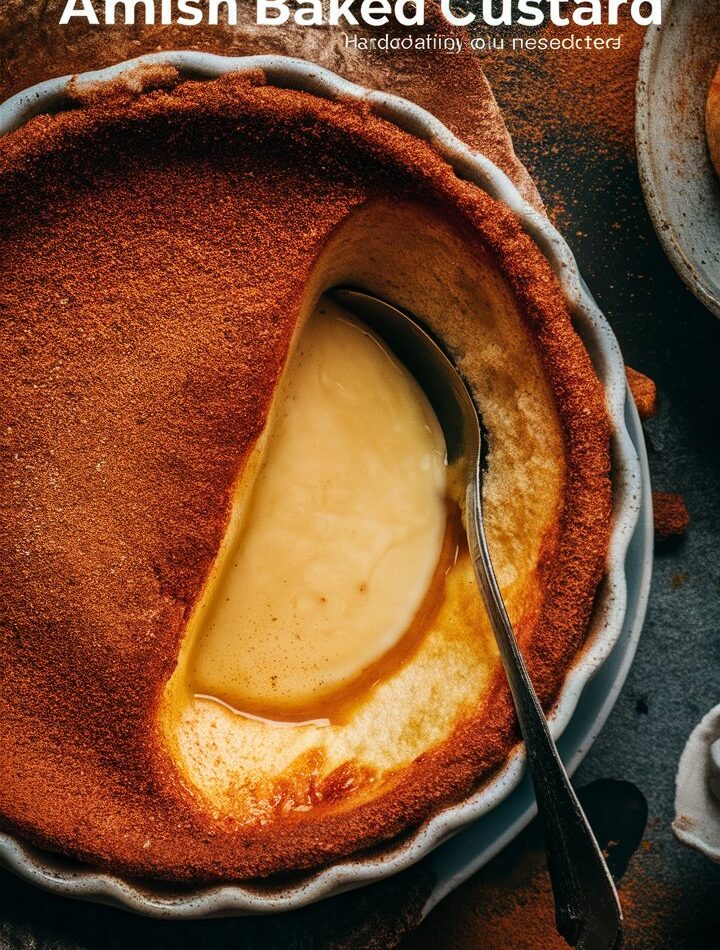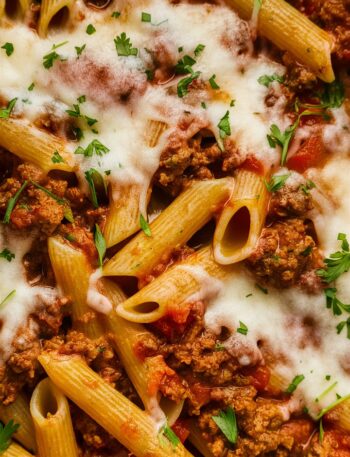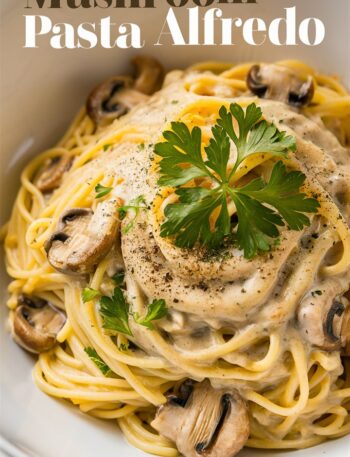Few desserts can capture the warmth and nostalgia of homemade comfort quite like Amish Baked Custard. With its creamy texture, rich flavor, and simple preparation, this dessert stands as a timeless symbol of Amish culinary tradition — a recipe that transforms humble ingredients like milk, eggs, and sugar into something unforgettable.
This custard is more than just a sweet treat; it’s a reflection of an entire philosophy — one that values simplicity, patience, and the joy of sharing wholesome food with family and friends. Whether served after a hearty Sunday meal or enjoyed as a quiet indulgence on a rainy evening, this baked custard offers pure comfort in every spoonful.
In this article, we’ll dive deep into everything you need to know about making the perfect Amish Baked Custard — from its rich history and traditional roots to step-by-step guidance, baking secrets, and creative serving ideas.
So grab your mixing bowl, preheat your oven, and let’s rediscover the beauty of slow, simple, and soul-satisfying desserts.
The Story Behind Amish Baked Custard
To appreciate the beauty of Amish Baked Custard, it helps to understand where it comes from. The Amish community, known for its self-sufficient and faith-driven lifestyle, has a long tradition of creating hearty, home-cooked meals using simple, readily available ingredients.
Custard — a combination of milk, eggs, and sugar gently baked until set — became a household staple for several reasons:
- Simplicity: It required only basic pantry ingredients.
- Affordability: Eggs and milk were farm staples, making custard easy to prepare in large batches.
- Versatility: It could be flavored with vanilla, nutmeg, or cinnamon, and served warm or chilled.
For Amish families, baking custard was more than a culinary task; it was a ritual — a comforting tradition passed down from mothers to daughters. The creamy dessert often appeared on Sunday tables or during community gatherings, served in large casserole dishes and topped with a sprinkle of freshly grated nutmeg.
Today, this same recipe continues to bring joy to modern kitchens around the world — a gentle reminder that the best desserts are often the simplest ones.
Why This Recipe Works So Well
You might wonder, what makes Amish Baked Custard so special? The secret lies in its perfect balance of ingredients and texture. Let’s break it down:
- Eggs give structure and richness. They create the smooth, silky texture that defines a great custard.
- Whole milk provides creaminess and body. Its natural fat content helps the custard set beautifully without being heavy.
- Sugar adds sweetness and helps the custard achieve that irresistible golden top.
- Vanilla extract infuses warmth and depth of flavor.
- Nutmeg or cinnamon introduces a gentle spice that elevates the entire dessert.
When baked slowly in the oven, these simple ingredients transform into something extraordinary — a custard that’s delicate, creamy, and lightly caramelized around the edges.
Ingredients You’ll Need
Here’s what you’ll need for a classic Amish Baked Custard (12 servings):
- 4 large eggs, room temperature
- 1 cup granulated sugar
- 1/4 teaspoon salt
- 1 teaspoon pure vanilla extract
- 4 cups whole milk
- 1/2 teaspoon ground nutmeg (optional, for garnish)
- 1/2 teaspoon ground cinnamon (optional, for garnish)
- Butter, for greasing the baking dish
Ingredient Tips & Substitutions
- Milk Alternatives: You can use half-and-half for a richer custard or 2% milk for a lighter version. Avoid skim milk — it won’t yield a creamy texture.
- Flavor Boosters: A few drops of almond extract or maple syrup can give a lovely twist.
- Sugar Swap: For a deeper flavor, try replacing half the white sugar with light brown sugar.
- Toppings: Crumbled shortbread cookies or fresh berries pair beautifully with this custard.
Step-by-Step Instructions: How to Make Amish Baked Custard
Making custard might seem intimidating, but it’s actually simple and forgiving when you follow each step carefully.
Step 1: Preheat and Prepare
- Preheat your oven to 350°F (175°C).
- Butter a 9×13-inch baking dish, ensuring every corner is well-greased to prevent sticking.
Step 2: Whisk the Eggs
In a large mixing bowl, crack 4 eggs and whisk until smooth and slightly frothy — about 1 to 2 minutes. Room-temperature eggs blend better and help the custard bake evenly.
Step 3: Add Sugar and Salt
Add 1 cup of sugar and ¼ teaspoon of salt to the eggs. Whisk until the sugar is fully dissolved and the mixture turns pale yellow.
Step 4: Add Vanilla and Milk
Pour in 1 teaspoon of vanilla extract, then slowly whisk in 4 cups of whole milk. Add the milk gradually to prevent curdling. The final mixture should be light and creamy.
Step 5: Pour and Bake
- Pour the custard mixture into your prepared dish.
- Sprinkle lightly with nutmeg or cinnamon if desired.
- Bake on the middle oven rack for 45–55 minutes.
You’ll know it’s ready when the edges are firm but the center is slightly jiggly. A knife inserted into the center should come out mostly clean.
Step 6: Cool and Serve
- Let the custard cool on a wire rack for 15 minutes.
- Serve warm for comfort or chill it in the refrigerator for 2–3 hours for a firmer texture.
Expert Tips for Perfect Baked Custard
- Use Room Temperature Ingredients
Cold eggs or milk can cause uneven baking. Let them sit at room temperature for at least 20 minutes before mixing. - Don’t Overbake
Overbaking can lead to cracks and a rubbery texture. Remove the custard when it still jiggles slightly in the center. - Water Bath for Silky Texture
For professional results, place your baking dish inside a larger pan filled halfway with hot water. This gentle baking method prevents curdling and keeps the custard ultra-creamy. - Avoid Overmixing
Whisk until combined but not frothy. Too much air can cause bubbles or uneven texture. - Cool Gradually
Sudden temperature changes can make the custard collapse. Allow it to cool at room temperature before refrigerating.
Common Mistakes to Avoid
Even simple recipes have pitfalls. Here’s what to watch for:
- Cracked surface: Caused by baking too long or at too high a temperature.
- Watery texture: Usually due to underbaking or too much liquid.
- Curdled custard: The oven was too hot; use a moderate, steady heat.
- Bland flavor: Don’t skip vanilla or nutmeg — they add essential warmth and aroma.
Flavor Variations to Try
One of the joys of this recipe is how adaptable it is. Once you master the base, you can create endless variations:
- Caramel Custard: Add a drizzle of homemade caramel sauce before baking.
- Maple Custard: Replace ¼ cup sugar with pure maple syrup.
- Coconut Custard: Add ½ cup shredded coconut for tropical flair.
- Chocolate Custard: Stir in 2 tablespoons cocoa powder for a rich twist.
- Lemon Custard: Add 1 tablespoon lemon zest and a splash of lemon juice for freshness.
Serving Suggestions
- Classic Style: Serve warm with a sprinkle of nutmeg.
- Fancy Touch: Add whipped cream, caramel drizzle, or fresh berries.
- With Ice Cream: A scoop of vanilla ice cream balances the warm custard perfectly.
- Breakfast Version: Serve chilled with a sprinkle of granola for a morning treat.
Storing and Reheating
If you have leftovers (though that’s rare!), here’s how to keep them fresh:
- Refrigeration: Store covered in the fridge for up to 4 days.
- Reheating: Microwave individual portions for 20–30 seconds.
- Freezing: Not recommended — freezing changes the custard’s texture.
Health and Nutrition Insights
While Amish Baked Custard is a rich dessert, it’s also packed with wholesome ingredients.
Approximate Nutrition per Serving (1/12th of recipe):
- Calories: ~230
- Protein: 8g
- Fat: 8g
- Carbohydrates: 28g
- Calcium: 18% of daily value
You can make it lighter by using 2% milk and reducing sugar slightly. The eggs offer high-quality protein, while milk provides calcium and vitamin D.
Frequently Asked Questions (FAQ)
Q1: Can I make this custard without an oven?
Yes — you can steam it gently over low heat using a covered pan, though the texture will be softer.
Q2: Why did my custard turn watery?
It was likely underbaked or the oven temperature fluctuated. Bake until just set.
Q3: Can I use plant-based milk?
You can use almond or oat milk, but the custard won’t be as creamy. Add 1 tablespoon of cornstarch to help it set.
Q4: How do I prevent cracks on top?
Bake slowly and avoid opening the oven frequently. A water bath also helps.
Q5: What’s the best way to serve this dessert for guests?
Cut into neat squares, top with whipped cream, and dust with cinnamon. Add mint leaves for a touch of elegance.
A Little History Lesson: The Amish Philosophy of Food
Amish cooking represents a way of life — one that honors patience, gratitude, and community. Meals are never rushed, and recipes are passed down through generations, often written in well-worn notebooks stained with memories.
The baked custard embodies that philosophy: simple ingredients elevated through care and tradition. Every bite reminds us that good food doesn’t need complexity; it needs heart.
Conclusion: Comfort in Every Spoonful
There’s something truly special about Amish Baked Custard Dessert — a dessert that speaks the language of warmth, comfort, and simplicity. In a world filled with complex pastries and extravagant desserts, this recipe brings us back to basics — eggs, milk, sugar, and love.
Whether you’re preparing it for family dinner, a festive gathering, or just to treat yourself, this custard never disappoints. It’s creamy, silky, subtly sweet, and timeless — just like the traditions that inspired it.
So next time you crave something sweet, skip the store-bought desserts and make this instead. Your kitchen will smell divine, your heart will feel full, and your family will ask for seconds.
💛 Try it once, and you’ll understand why this Amish Baked Custard has stood the test of time.




